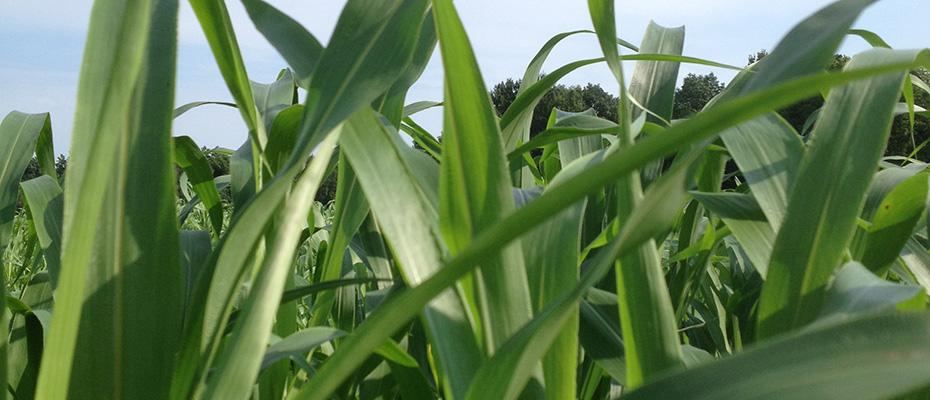Solving the Soil Health Puzzle? We Have you Covered. Cover crops are an important piece to soil health and future profit. We know it takes work and is puzzling at times. Soil First® provides quality products plus tips, tools and solutions to help cover crops work for you. As challenges arise, we are ready with the pieces you need to succeed.

CHARACTERISTICS:
Non-Forage Benefits:
1 = Poor; 5 = Excellent
Compaction Alleviation: 3
Weed Suppression: 5
Biomass Production: 5
Erosion Control: 4
Disease/Pest Control: 4
Pollinator/Beneficials: 3
P & K Cycling: 3
Ease of Establishment: 5
Nitrogen Fixer/Scavenger: Scavenger
Nutritional Value:
Values Vary Greatly Depending on Maturity
Crude Protein: 16
NEL¹ Mcal/lb.: .66
ADF%²: 39
NDF%³: 48
TDN: 52
DM Tons/Acre: 3-6
Days to First Harvest: 45
Days to Next Harvest: 35
¹- Net Energy for Lactation = Energy available after subtracting digestive and metabolic losses
²- Acid Detergent Fiber = Low values mean more digestible
³- Neutral Detergent Fiber = Low values mean cows can eat more
Ranking (Good, Better, Best):
Graze: Better
Baleage: Good
Chop: Best
SEEDING:
Planting Time:
May-Aug.
Seeding Rate:
Mono (lbs./acre): 20-30
Mix (lbs./acre): 5-20
Forage (lbs./acre): 20-30
Aerial (lbs./acre): NR
Seeding Info:
Carbon/Nitrogen Ratio (C:N): 12:1-20:1
Seeding Depth (in./with drill): 1/2-1
Seeds/lb.: 60,000
Bulk Density (lbs./ft.³): 42
Aerial Application Rate: Not Rated
Germination Soil Temp.: 65 F
USDA Hardiness Zone: Frost
Days to Emergence: 3-5
MANAGEMENT:
Nitrate Toxicity is common when fertility or manure applications are followed by a period of drought or stress. Cut plants do not lessen in their nitrate levels as they cure. If high levels are suspected, forage should be tested for a period of a few weeks until levels subside. Though often linked to summer annual grasses, increased nitrate levels can show up in most cover crops and forages.
- Nitrates are concentrated more in the lower stalk– raising cutting height can reduce the risk
- When a stressful drought precedes a moisture event, it is recommended to delay harvest by 1-2 weeks
- Consider split applications of nitrogen (especially useful on summer annuals) to decrease nitrate accumulations
Prussic Acid poisoning can occur when feeding forage sorghums after periods of drought or other stress, including frost. Toxic levels dissipate usually after 2-3 weeks and will further decrease when ensiled. Prussic acid is most concentrated in new growth, so sorghum forages should not be grazed until they are at least 18 in. tall. Storing hay or silage for at least 30 days generally dissipates the concern.
- High leaf-to-stem ratio
- Improved standability
- Adaptable to marginal soils
- Excellent disease resistance
- Flexible to various pH soils











